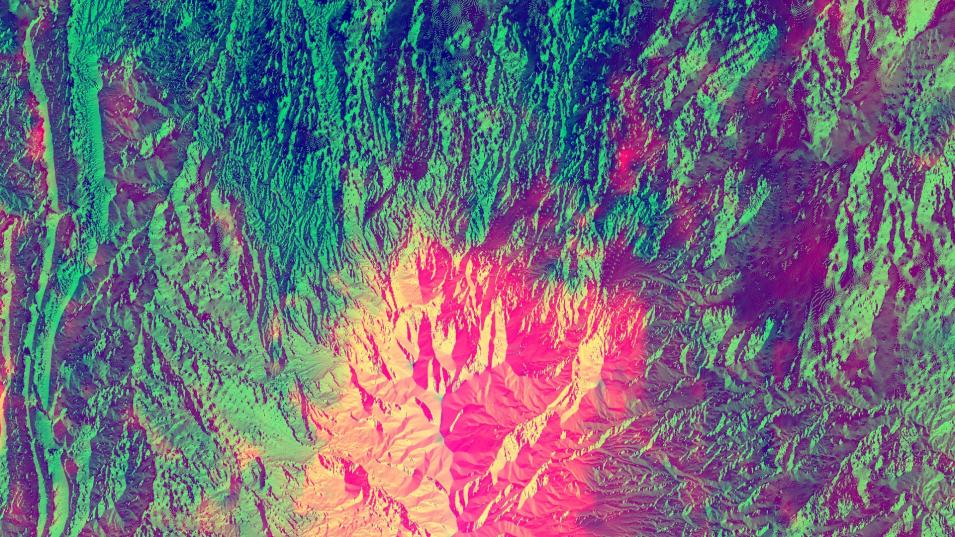During the spring 2020 term of NASA’s DEVELOP National Program, participants used geospatial data and technologies to investigate, analyze, and monitor several issues around the world. Some of the topics explored throughout the term included air quality, drought, flooding, habitat restoration and management, land cover change, urbanization, water resources and quality, and wildfires. Each project completed by a DEVELOP team is conducted in partnership with agencies or organizations local to the study area. Fundamental to the analytical and geospatial component of each of these projects is NASA Earth science remote sensing data. Several of these projects used data distributed by the NASA's Land Processes Distributed Active Archive Center (LP DAAC), including data collected by the Moderate Resolution Imaging Spectroradiometer (MODIS) aboard NASA’s Terra and Aqua platforms, the Visible Infrared Imaging Radiometer Suite (VIIRS) aboard the joint NASA/NOAA Suomi National Polar-orbiting Partnership (Suomi NPP) satellite, and NASA’s Shuttle Radar Topography Mission (SRTM), which flew aboard the space shuttle Endeavour in 2000.
All projects conducted in the spring term, as well as in past terms, can be found in the DEVELOP archive.
Featured Project: Measuring Live Fuel Moisture in the Eastern Great Basin of the US
Wildfires have become a hot topic as they have increased in frequency and size in recent years. These fires are a concern especially in the Eastern Great Basin (EGB) region covering parts of Arizona, Colorado, Idaho, Utah, and Wyoming in the United States. One measurement that can be used to predict wildfire risk in an area is live fuel moisture (LFM). LFM is the percentage of wet content to dry content in vegetation. The drier the vegetation, the higher the chance it will catch fire. Currently, the land managers of the EGB can derive LFM levels from only 165 in situ sites. The Great Basin Ecological Forecasting II DEVELOP team set out to use NASA Earth science remote sensing data to provide more accurate bi-weekly LFM estimates of the EGB for its partners, the Bureau of Land Management, the National Weather Service, and the Great Basin Coordination Center.
